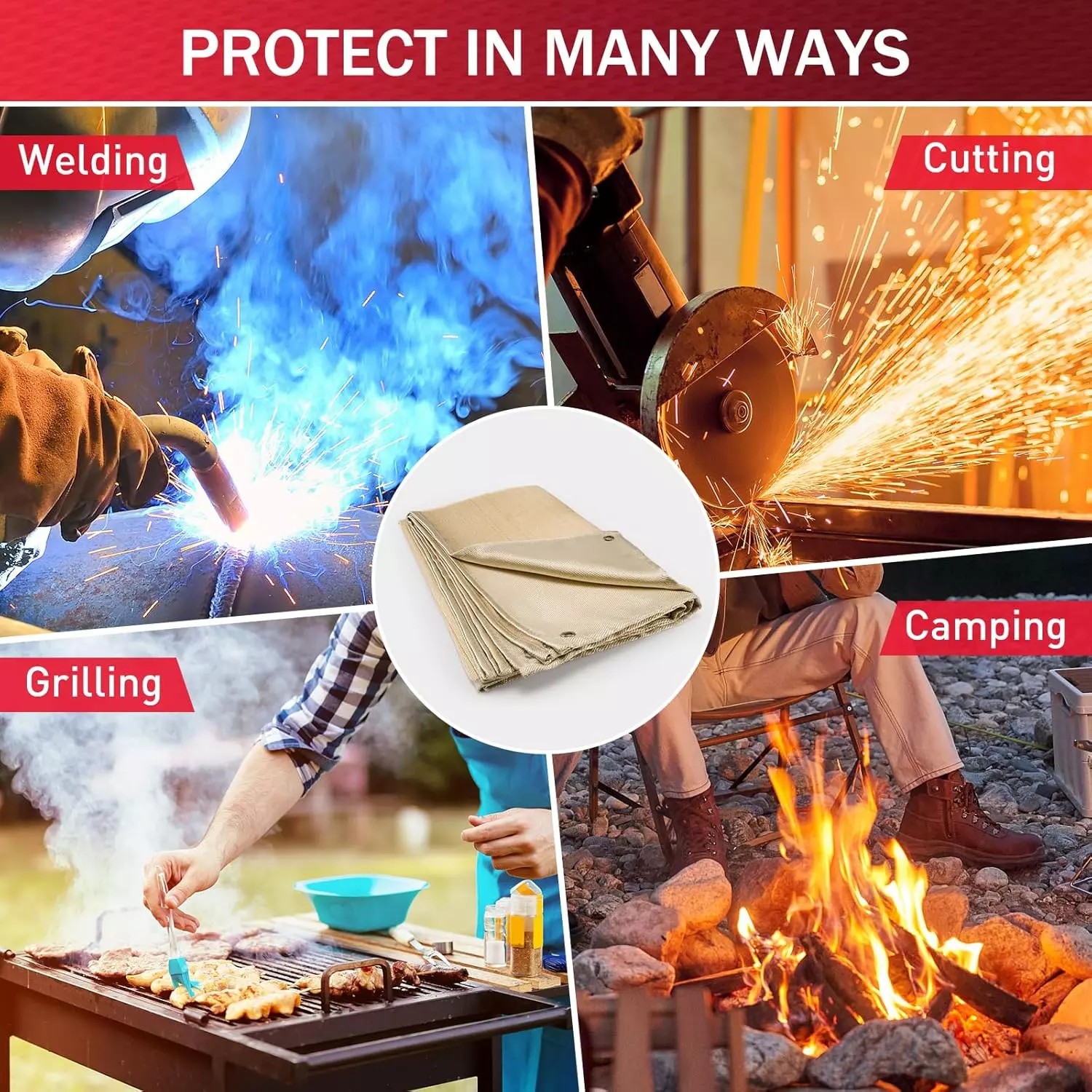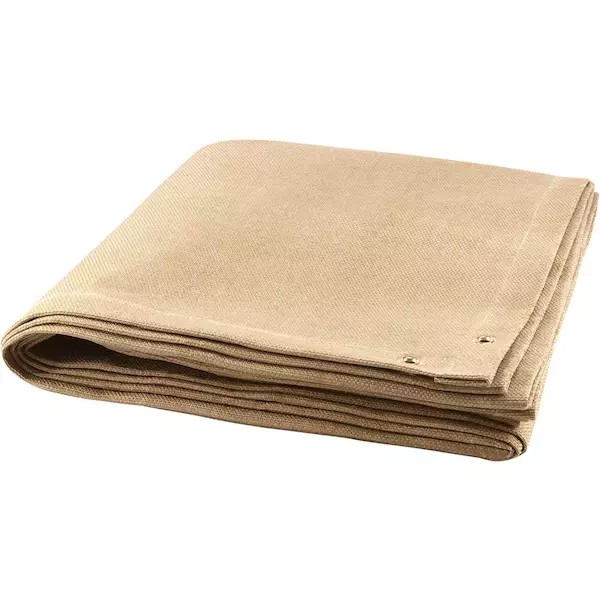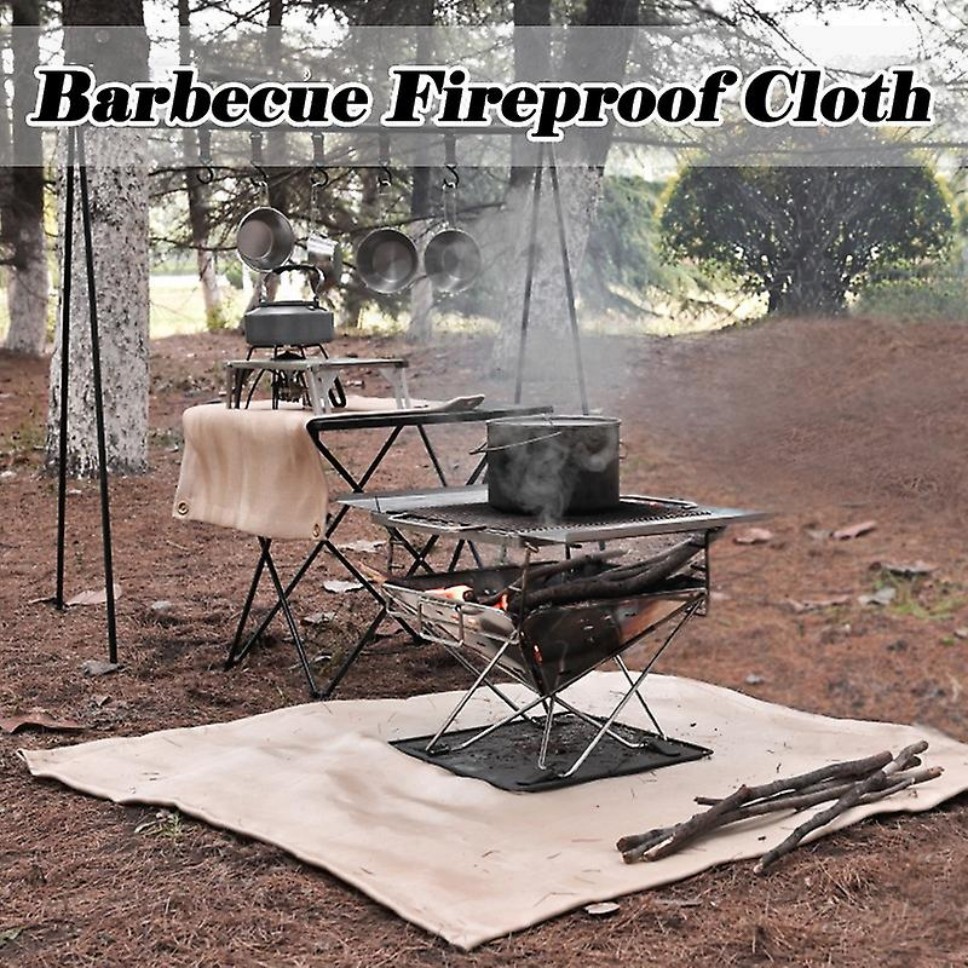Fiberglass Blanket for Fire Protection: Essential Safety Guide
Summary:Fiberglass fire blankets provide excellent thermal insulation and fire protection. This guide explains their uses, benefits, installation tips, and how they compare to other fire safety solutions for homes and workplaces.
What Is a Fiberglass Blanket for Fire Protection?
A fiberglass blanket for fire is a specially designed safety product made from woven glass fibers. These blankets resist extremely high temperatures (typically up to 1000°F/538°C) and don't burn, making them ideal for fire containment and protection. You'll find them in various thicknesses (usually 1/4" to 2") depending on the required insulation level.
Key Applications of Fire-Resistant Fiberglass Blankets
You can use fiberglass fire blankets in multiple scenarios:
- Kitchen safety:Quickly smother grease fires that water can't extinguish
- Industrial settings:Protect equipment and personnel from heat exposure
- Welding protection:Shield nearby surfaces from sparks and heat
- Emergency preparedness:Essential component of home and workplace fire safety kits
Why Choose Fiberglass Over Other Materials?
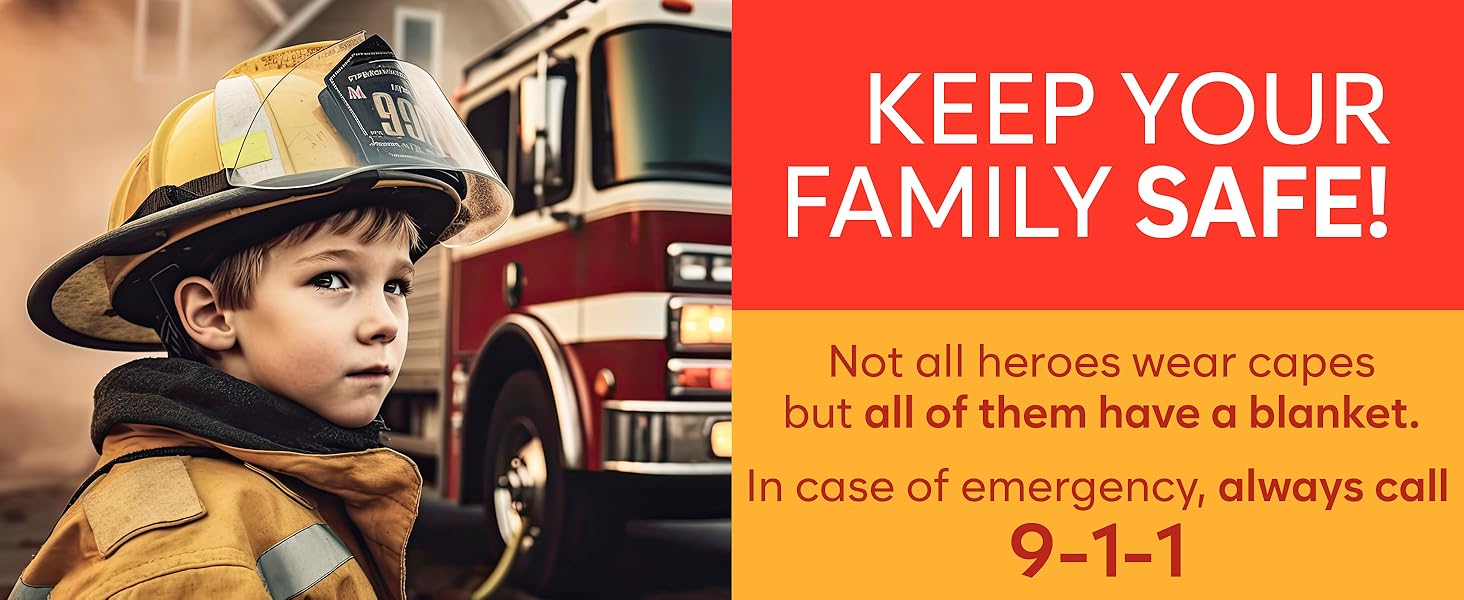
Compared to asbestos (now banned) or ceramic fiber blankets, fiberglass offers several advantages:
- Non-toxic:Doesn't release harmful substances when heated
- Durable:Maintains integrity after repeated exposure
- Flexible:Easier to install around odd shapes than rigid barriers
- Cost-effective:More affordable than many alternatives
Proper Installation and Maintenance
To get the most protection from your fiberglass blanket for fire:
- Install with at least 1" overlap on all seams
- Use high-temperature adhesive or stainless steel fasteners
- Inspect quarterly for tears or compression damage
- Replace if the blanket shows significant wear or contamination
For emergency blankets stored in kits, check expiration dates and replace according to manufacturer guidelines.
Safety Precautions When Using Fiberglass Blankets
While fiberglass is generally safe, you should:
- Wear gloves when handling to prevent skin irritation
- Use in well-ventilated areas during installation
- Never use damaged blankets - small fiber particles can become airborne
- Keep away from children's reach (emergency blankets should be accessible to adults only)
Selecting the Right Fiberglass Fire Blanket
Consider these factors when purchasing:
| Factor | What to Look For |
|---|---|
| Temperature Rating | Match to your specific needs (standard home use vs industrial applications) |
| Size | Standard sizes range from 3'x3' to 6'x8' for different coverage needs |
| Certifications | Look for UL, CE, or other recognized safety certifications |
| Edge Treatment | Reinforced edges last longer and provide better protection |
Comparing Fiberglass to Other Fire Safety Solutions
While fire extinguishers and sprinkler systems have their place, fiberglass blankets offer unique benefits:
- No maintenance:Unlike extinguishers that need regular recharge
- No collateral damage:Unlike water-based systems that can ruin electronics
- Reusable:Many fiberglass blankets can be reused after proper inspection
- Instant deployment:No special training required for basic use
Frequently Asked Questions
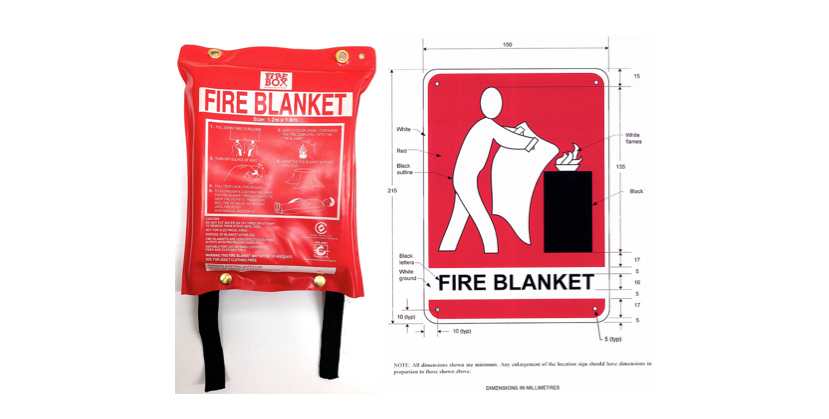
Q: How do I use a fiberglass blanket to put out a fire?A: Carefully place the blanket over the flames to cut off oxygen supply. Leave it in place until completely cooled.
Q: Can I wash my fiberglass fire blanket?A: No, washing can damage the fibers. Gently vacuum or shake out debris instead.
Q: How long do these blankets last?A: Properly stored emergency blankets last 5-7 years. Installed industrial blankets last 3-5 years with regular inspection.
Q: Are fiberglass blankets safe for food areas?A: Yes, but choose blankets specifically rated for food service applications.
Conclusion
A quality fiberglass blanket for fire protection is an essential safety tool that combines effectiveness with simplicity. Whether for home kitchens, workshops, or industrial facilities, these versatile blankets provide reliable thermal protection when properly selected and maintained. Remember that while they're excellent for small contained fires, always call emergency services for larger fires.


